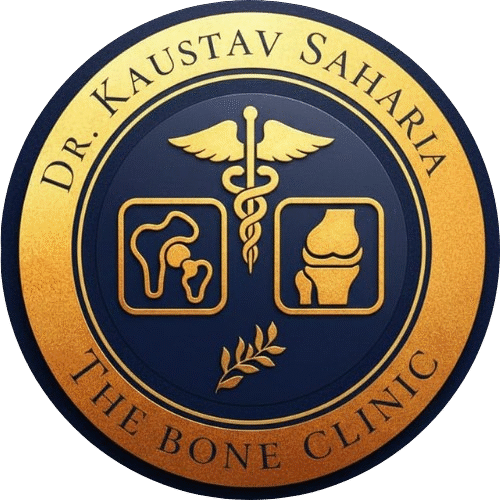Many factors determine how long it will take for you to fully recover and see the benefits of orthopedic surgery. For some patients, recovery takes a few weeks. For others, it can take several months. Depending on your overall health, the condition for which you were treated and the type of surgery performed, you may be able to go home the same day or the day after surgery even if you had total joint replacement surgery.
In most cases, you'll be discharged to your home. In-home nursing care or outpatient physical therapy will maximize the benefits of your surgery. A small group of patients may need to spend a few days at a skilled nursing facility before they can return home. Talk to your orthopedic surgeon to learn more about what your individual recovery plan may look like.

